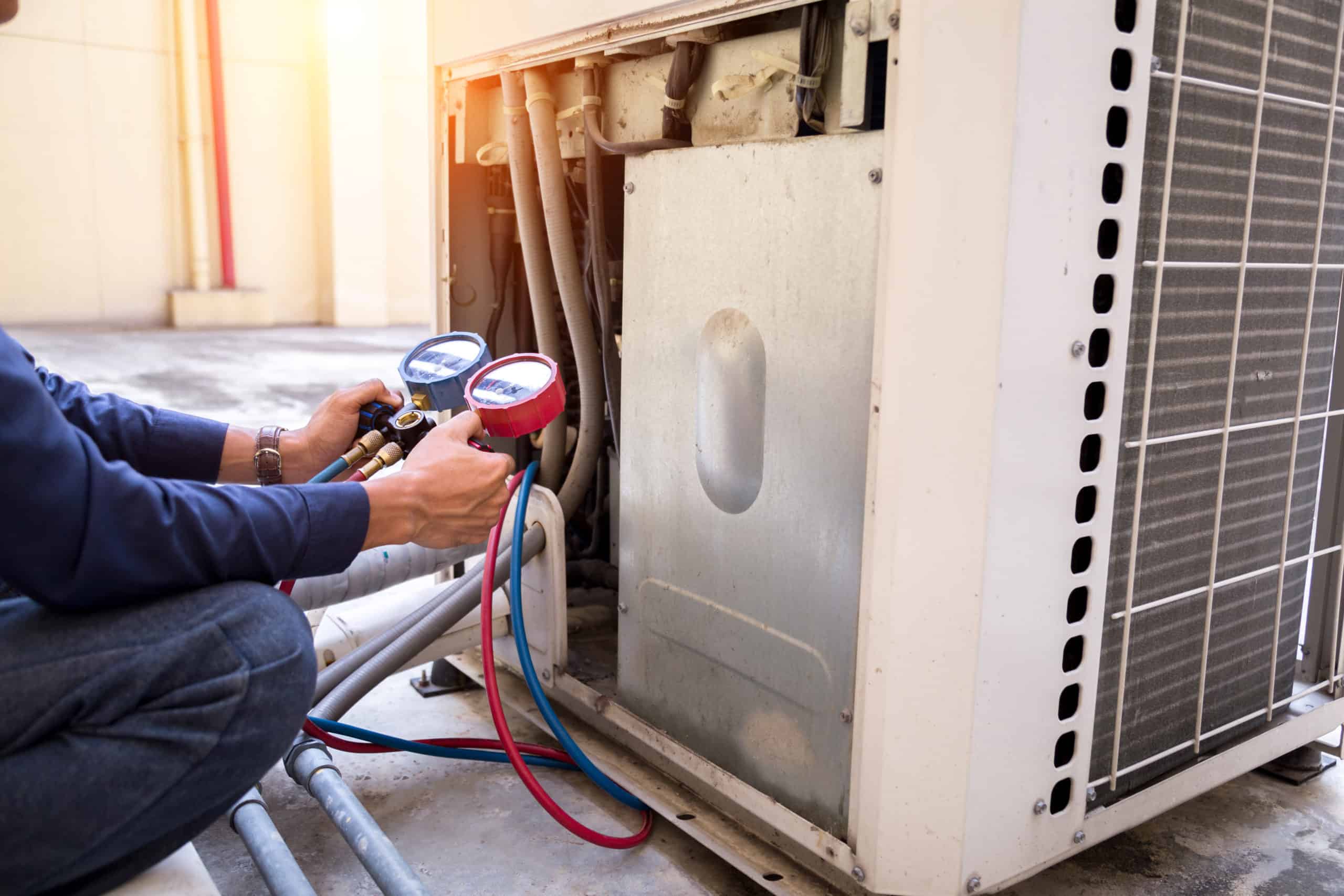Air conditioning installation is a significant investment for homeowners in North Shore, providing much-needed relief from the region's hot and humid summers. Proper installation is essential for ensuring optimal performance, energy efficiency, and long-term reliability of the system. In this blog, you'll explore the step-by-step procedure for air conditioning installation in North Shore and highlight key considerations for homeowners undertaking this essential upgrade.
1. Site Assessment and Planning
The first step in air conditioning installation in North Shore is a comprehensive site assessment and planning process. A qualified HVAC technician will visit the home to evaluate factors such as the size and layout of the space, existing ductwork or infrastructure, electrical capacity, and any specific requirements or preferences of the homeowner. Based on this assessment, the technician will recommend the most suitable air conditioning system and placement for optimal performance and efficiency.
2. System Selection and Sizing
Once the site assessment is complete, the next step is to select the appropriate air conditioning system for the home. Factors to consider include the size of the space, desired cooling capacity, energy efficiency ratings, and budget constraints. Additionally, the HVAC technician will perform a load calculation to determine the proper sizing of the system, ensuring that it can effectively cool the home without overworking or underperforming. Selecting the right system size is crucial for maximising comfort, energy efficiency, and longevity of the air conditioning system.
3. Ductwork Design and Modification
In homes with existing ductwork, the HVAC technician will assess the condition and layout of the ducts to ensure compatibility with the new air conditioning system. In some cases, ductwork may need to be modified or upgraded to accommodate the new system or improve airflow distribution. This may involve sealing leaks, adding insulation, resizing ducts, or reconfiguring duct runs to optimise airflow and efficiency. Proper ductwork design and modification are essential for maximising the performance and effectiveness of the air conditioning system.
4. Installation of Indoor and Outdoor Units
Once the system selection, sizing, and ductwork design are finalised, the installation process can begin. The indoor unit, which includes the evaporator coil and blower fan, is typically installed in a central location such as the attic, closet, or utility room. The outdoor unit, or condenser unit, is installed outside the home in a suitable location that allows for proper airflow and ventilation. The indoor and outdoor units are connected by refrigerant lines, electrical wiring, and drainage pipes, ensuring seamless operation and efficient cooling throughout the home.
5. Electrical Wiring and Connections
Proper electrical wiring and connections are essential for safe and reliable operation of the air conditioning system. A licensed electrician will install the necessary wiring, circuit breakers, and disconnect switches to supply power to the indoor and outdoor units. Special care is taken to ensure that all electrical connections are secure, properly grounded, and in compliance with local building codes and regulations. Electrical wiring and connections are critical components of the air conditioning installation process and should be performed by qualified professionals.
6. Refrigerant Charging and Testing
Once the indoor and outdoor units are installed and connected, the system is charged with refrigerant and tested for proper operation. The refrigerant charge is carefully measured and adjusted to ensure optimal performance and efficiency. The HVAC technician will perform a series of tests and checks to verify that the system is cooling effectively, airflow is balanced, and all components are functioning correctly. Any adjustments or adjustments needed to optimise performance and efficiency are made before finalising the installation.
7. System Commissioning and Customer Orientation
After the installation is complete, the HVAC technician will commission the system and provide a thorough orientation to the homeowner. This includes demonstrating how to operate the thermostat, change air filters, and perform routine maintenance tasks. The technician will also review warranty information, provide recommendations for ongoing maintenance and service, and address any questions or concerns the homeowner may have. A properly installed and commissioned air conditioning system ensures years of reliable performance and comfort for homeowners in North Shore.
In conclusion, air conditioning installation in North Shore involves a detailed and systematic process to ensure optimal performance, efficiency, and reliability of the system. From site assessment and planning to system selection and sizing, ductwork design and modification, installation of indoor and outdoor units, electrical wiring and connections, refrigerant charging and testing, and system commissioning and customer orientation, each step plays a crucial role in the success of the installation. By working with qualified HVAC professionals and following best practices, homeowners can enjoy cool comfort and peace of mind knowing that their air conditioning system is installed correctly and ready to provide years of reliable service.

Comments
Post a Comment